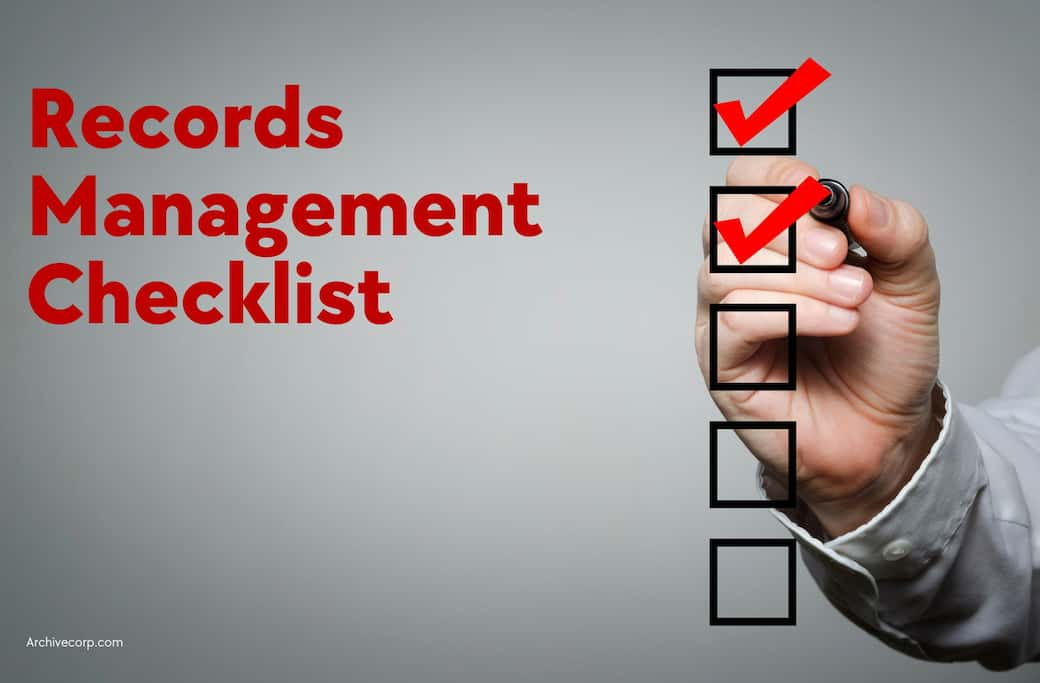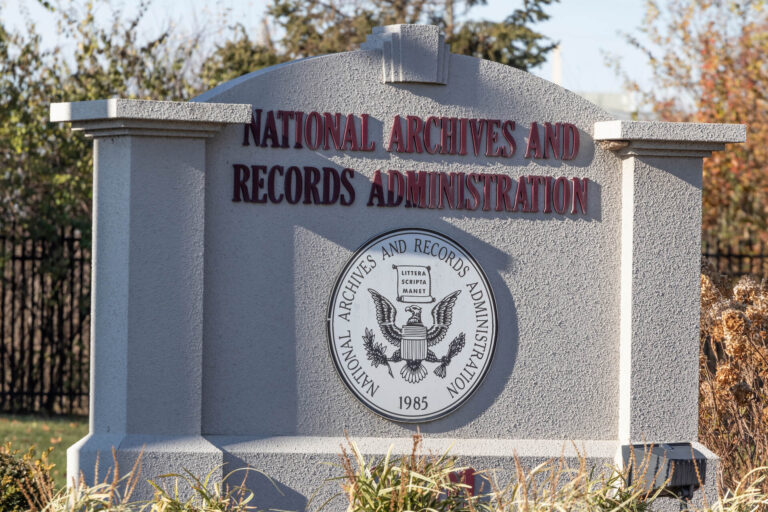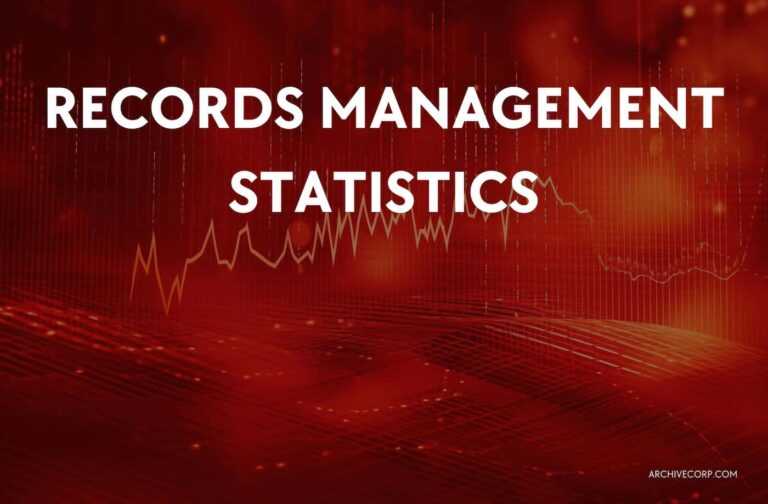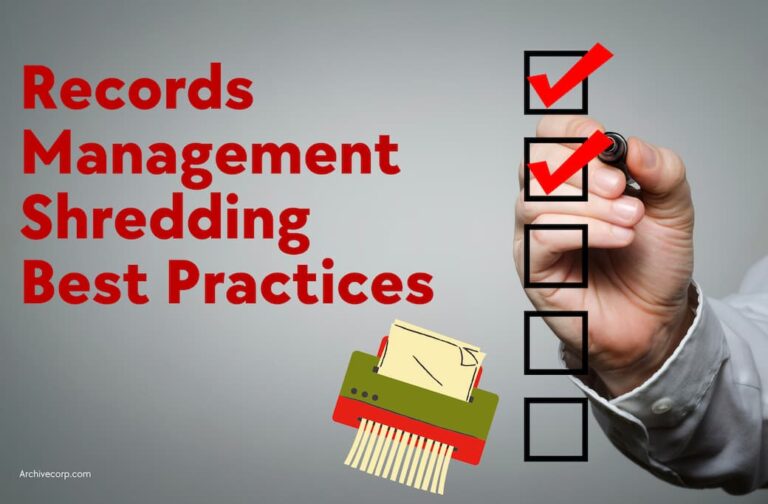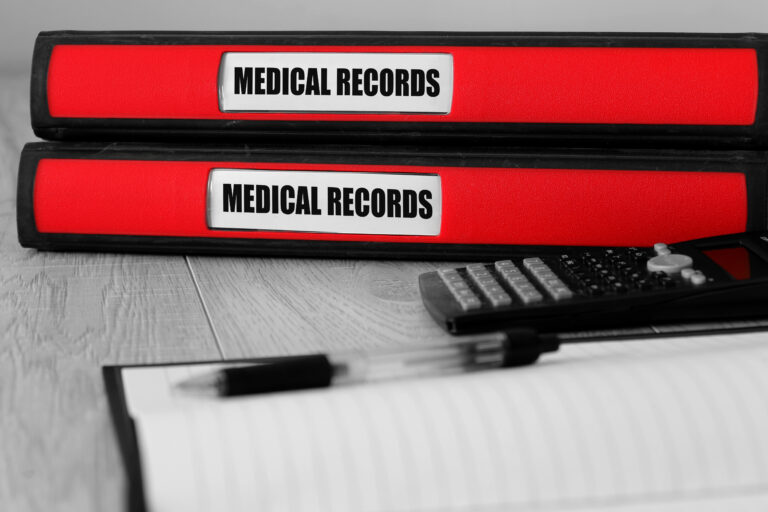The Ultimate A-Z Records Management Checklist [2023]
The Essential Records Management Checklist for Businesses and Individuals
Welcome to our comprehensive Records Management Checklist, designed to help businesses and individuals establish effective records management practices. With proper records management, you can streamline operations, ensure compliance, protect sensitive information, and improve overall efficiency. This checklist covers key aspects of records management, providing step-by-step guidance to assess, organize, store, and dispose of records. By following this checklist, you can enhance data security, mitigate risks, and optimize your records management processes.
Key Takeaway
The Records Management Checklist provides a comprehensive guide to establish and maintain effective records management practices. By assessing and categorizing your records, creating a robust records management policy, implementing storage and accessibility solutions, ensuring compliance, and regularly reviewing and updating records, you can streamline operations, protect sensitive information, and mitigate risks.
Implementing these best practices will not only optimize your records management processes but also improve data security, regulatory compliance, and overall organizational efficiency. Take action now and leverage this checklist to enhance your records management practices and drive success for your business.
1. Evaluate Your Existing Records:
- Identify the types of records you have, such as financial, legal, personnel, and operational records.
- Evaluate the volume of records and determine the storage space required.
- Categorize records based on their sensitivity, importance, and retention requirements.
- Create an inventory of all records, including details such as file names, creation dates, and custodians.
2. Creating Your Records Management Policy:
- Establish a formal records management policy that outlines your organization’s goals, objectives, and responsibilities.
- Clearly define the roles and responsibilities of individuals involved in records management.
- Specify the procedures for creating, organizing, accessing, and disposing of records.
- Include guidelines for compliance with legal and regulatory requirements, such as data protection laws and industry-specific regulations.
3. Defining a Retention Schedule for Your Records:
- Determine the appropriate retention periods for different types of records based on legal, regulatory, and business requirements.
- Consider factors such as statutory retention periods, litigation holds, and operational needs.
- Document the retention periods for each record category in a retention schedule or policy.
- Include provisions for the secure destruction or disposal of records at the end of their retention periods.
4. Establish Effective Record Creation and Capture Practices:
- Standardize record creation processes, including naming conventions, metadata capture, and indexing.
- Train employees on how to properly create, classify, and label records.
- Promote the use of electronic forms and templates for consistent and structured record creation.
- Implement version control mechanisms to track changes and revisions in documents.
5. Implement Storage and Organization Systems:
- Determine the appropriate storage media for different types of records, such as physical file cabinets, network drives, or cloud storage.
- Organize physical records in a logical and systematic manner, using labels, folders, and indexing systems.
- Implement a consistent folder structure and file naming conventions for electronic records.
- Use appropriate security measures, such as locked storage areas, access controls, and encryption for digital records.
6. Ensure Easy Accessibility and Retrieval:
- Develop a comprehensive filing system that allows for easy retrieval of records when needed.
- Create an index or database to track the location of physical records within storage facilities.
- Implement metadata tagging and keyword search capabilities for electronic records.
- Train employees on how to efficiently search for and retrieve records using the established systems.
7. Strengthening Security and Data Protection for Your Records:
- Establish security protocols to protect records from unauthorized access, theft, or loss.
- Use secure storage facilities or restricted access areas for physical records.
- Implement access controls, strong passwords, and user permissions for electronic records.
- Regularly back up electronic records and test the restoration process to ensure data integrity and availability.
8. Educating Your Team on Effective Records Management:
- Provide comprehensive training to employees on records management policies, procedures, and best practices.
- Educate employees on the importance of records management, data protection, and compliance.
- Conduct regular refresher training sessions and provide resources for ongoing learning.
- Foster a culture of records management by promoting awareness and accountability among employees.
9. Regularly Review and Update Records:
- Conduct periodic reviews to assess the accuracy, relevance, and quality of records.
- Identify records that have reached their retention periods and initiate secure disposal or destruction processes.
- Update records as needed to reflect changes in business operations, personnel, or legal requirements.
- Document any changes or updates made to records for audit and compliance purposes.
10. Monitor Compliance and Conduct Audits:
- Establish a compliance monitoring system to ensure adherence to records management policies and procedures.
- Conduct regular audits to assess the effectiveness of records management practices.
- Review compliance with legal, regulatory, and industry-specific requirements.
- Address any identified issues or gaps through corrective actions and continuous improvement.
11. Establish Disaster Recovery and Business Continuity Plans:
- Develop a comprehensive disaster recovery plan to protect records from natural disasters, accidents, or system failures.
- Regularly back up records and store backup copies in secure offsite locations.
- Test the restoration and recovery processes to ensure data integrity and availability during emergencies.
- Integrate records management practices into the broader business continuity plans of your organization.
12. Consider Industry-Specific Considerations (Optional Sections):
A. Healthcare:
- Ensure compliance with HIPAA regulations for the handling and storage of medical records.
- Implement safeguards for electronic health records (EHRs), including data encryption and access controls.
- Regularly audit and monitor access to sensitive healthcare records.
B. Legal and Law Firms:
- Comply with legal industry-specific regulations, such as data protection laws and attorney-client privilege.
- Establish procedures for the secure handling and retention of legal documents.
- Implement document version control and track document changes.
C. Financial:
- Follow financial industry regulations, such as Sarbanes-Oxley (SOX) or Payment Card Industry Data Security Standard (PCI DSS).
- Implement secure backup and disaster recovery measures for financial records.
- Retain financial records for the required period to meet auditing and compliance requirements.
Leveraging Professional Records Management Services
Congratulations! You have completed our Records Management Checklist, taking a significant step towards optimizing your records management practices. Remember, effective records management is an ongoing process that requires regular evaluation and updates.
To further enhance your records management capabilities and gain personalized guidance tailored to your unique needs, contact our team today. We are here to support you in achieving efficient and compliant records management that drives success for your business.

